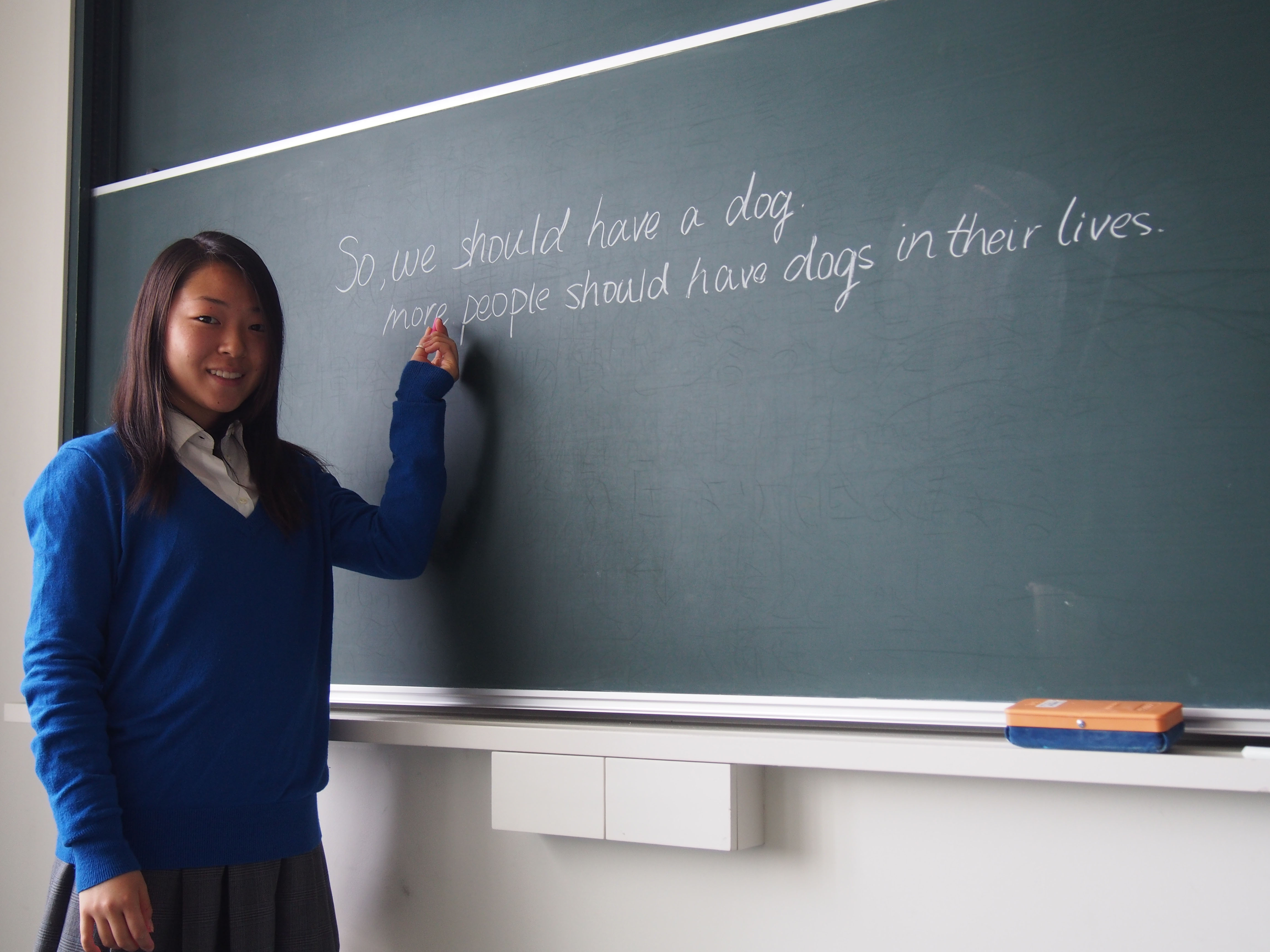In 2011, 780,000 Japanese were living abroad, of whom 67,000 were school-age children. During that period, the number of students who returned to Japan after being abroad for a year or longer was 9,990, with 70 percent of these students having been educated at non-Japanese overseas schools.
These returnees, or kikokushijo, are a diverse bunch, with varying levels of foreign- and native-language fluency, acculturation in one or more foreign countries, and education in Japanese. Upon their return to Japan, because they have typically picked up behavior, languages and even values that may be at odds with those traditionally practiced here, kikokushijo often face an intense re-acculturation period, during which they are expected to fall into line with Japanese societal norms.
Though their number has tripled since 1977, and despite the recent government push to develop gurōbaru jinzai, or global human resources, their existence has been largely ignored by policymakers. Kikokushijo became a major national issue in the 1970s, when large numbers of them returned to Japan unable to communicate effectively in Japanese. In the subsequent two decades, schools from elementary through university created special programs and quotas to accommodate the returnees, while Japanese schools were established overseas where they could keep up their native-language skills.



